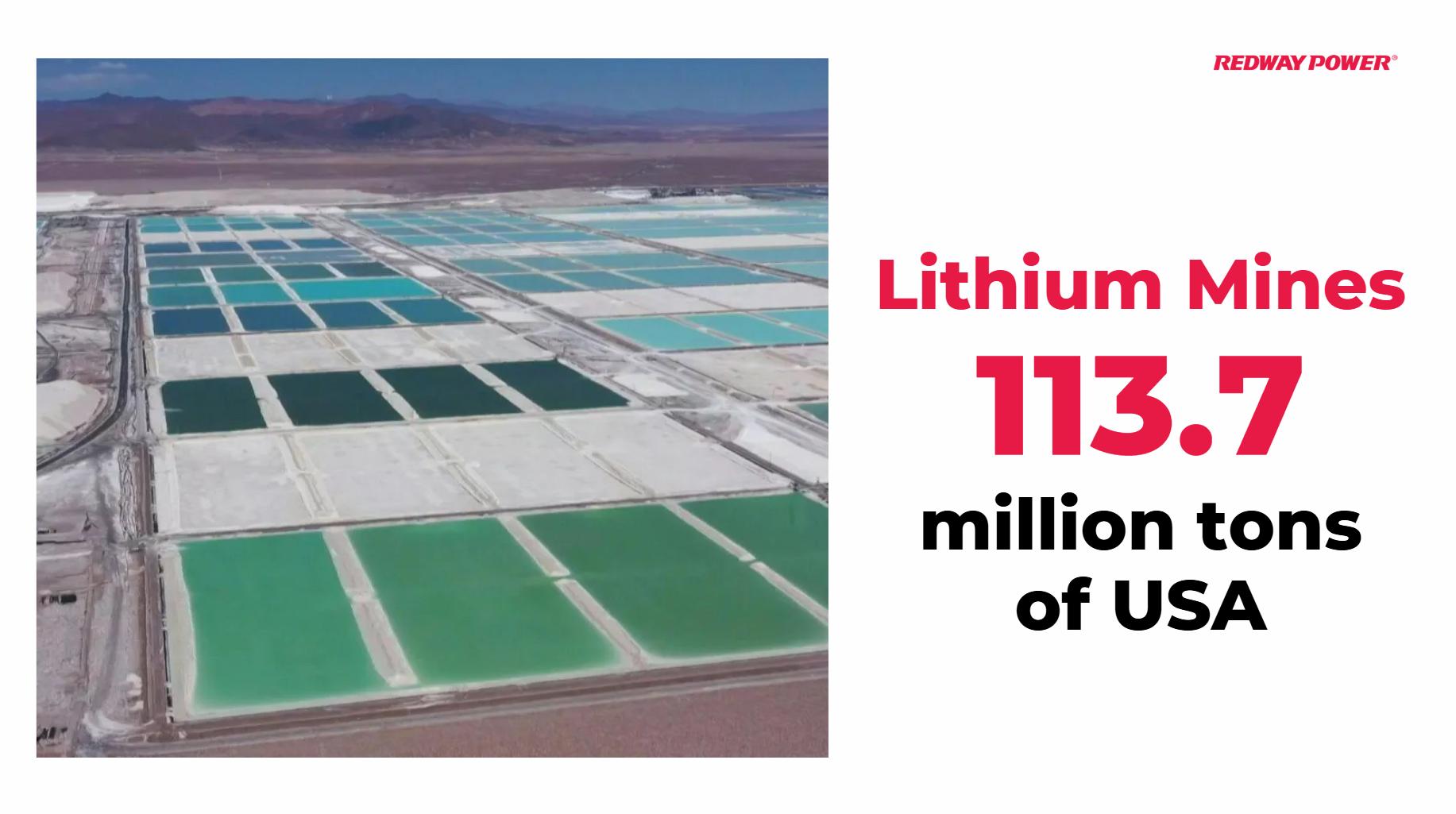
How is Lithium Mined in the United States?
Lithium is a critical mineral for electric vehicle batteries and renewable energy storage, with only one operational mine in the U.S., located in Nevada. The country is looking to expand its domestic production to meet rising demand and reduce dependence on foreign sources.
How is lithium extracted from natural sources?
Lithium is primarily extracted through two methods: hard rock mining and brine extraction. Hard rock mining involves extracting lithium from spodumene, a mineral that contains high concentrations of lithium. This method is prevalent in regions like Maine, where rich deposits have been discovered but face regulatory hurdles.Brine extraction, on the other hand, involves pumping lithium-rich brine from underground reservoirs to the surface, where it evaporates, leaving behind concentrated lithium salts. This method is used at the Silver Peak Mine in Nevada, which relies on evaporation ponds to extract lithium from brine.
| Extraction Method | Description | Advantages | Disadvantages |
|---|---|---|---|
| Hard Rock Mining | Mining spodumene ore | Higher purity lithium | More land use, potential for habitat destruction |
| Brine Extraction | Evaporating lithium-rich brine | Lower cost, less land use | Water-intensive, slower process |
What are the primary locations for lithium mining in the U.S.?
The main location for lithium mining in the U.S. is Nevada, home to the only operational mine, Albemarle’s Silver Peak. Other significant projects include:
- Thacker Pass: Expected to become operational soon.
- McDermitt Caldera: A large resource with potential for future development.
- Maine: Emerging as a new source with recent discoveries but facing legislative challenges.
The map below illustrates these key locations:U.S. Lithium Mines Map
Why is there a growing demand for lithium in the U.S.?
Demand for lithium has surged due to its essential role in lithium-ion batteries, which power electric vehicles (EVs) and renewable energy storage systems. Projections indicate that by 2040, global demand could exceed 1 million metric tons annually, driven by the transition to electric mobility and renewable energy technologies.The current production levels are insufficient to meet this demand; thus, expanding domestic production capabilities is crucial for energy security and reducing reliance on imports.
How do state regulations impact lithium mining operations?
State regulations significantly influence lithium mining operations across the U.S. For instance, Maine has recently passed legislation that may open up opportunities for hard rock mining but requires developers to demonstrate environmental safety measures. In contrast, Nevada has streamlined permitting processes to encourage rapid development of new projects.These regulatory frameworks can either facilitate or hinder progress depending on local environmental concerns and community opposition.
What role does the Inflation Reduction Act play in lithium mining?
The Inflation Reduction Act (IRA) has provided substantial financial incentives aimed at boosting domestic mining operations. By offering tax credits and funding for clean energy initiatives, it encourages companies to invest in new lithium projects across the country.This act aims not only to increase production but also to ensure that a significant portion of critical minerals used in battery manufacturing comes from North America, thereby enhancing energy independence.
What are the environmental concerns associated with lithium mining?
Environmental concerns related to lithium mining include:
- Water Usage: Both hard rock and brine extraction methods consume significant amounts of water, which can strain local supplies.
- Habitat Destruction: Mining operations can disrupt local ecosystems and wildlife habitats.
- Pollution Risks: There are fears about potential contamination of groundwater and surrounding areas due to chemical runoff from mining activities.
Community groups and environmentalists often advocate for stricter regulations and more sustainable practices to mitigate these impacts.
How can new technologies improve lithium extraction?
Emerging technologies aim to enhance extraction efficiency while minimizing environmental impact. Innovations such as direct lithium extraction (DLE) methods promise to extract more lithium with less water and land use compared to traditional methods.These technologies could revolutionize how lithium is sourced by making it possible to extract higher yields from existing resources without extensive environmental degradation.
Industrial News
Recent developments indicate a robust push towards expanding domestic lithium production in response to rising global demand. The Thacker Pass project is set to become operational soon, potentially doubling U.S. output capabilities. Meanwhile, legislative changes in states like Maine may open new avenues for exploration and extraction of previously untapped resources. However, these initiatives face scrutiny over environmental impacts and community opposition.
Lithium Battery Expert Views
“Lithium is essential for our transition away from fossil fuels,” states Chris Berry, an independent metals analysis consultant. “However, we must balance this need with environmental stewardship. Sustainable practices must be at the forefront of any new mining initiatives.” This sentiment reflects a growing consensus among industry experts regarding responsible resource management as demand escalates.
